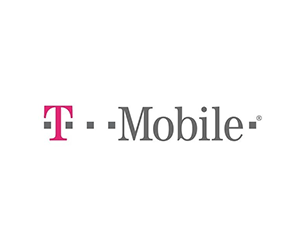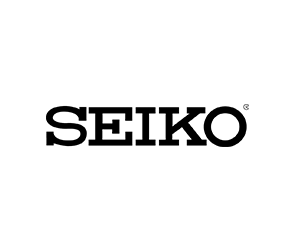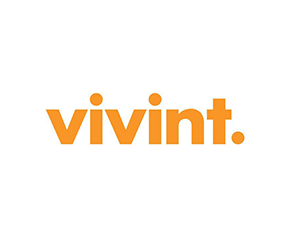What is a Graphic Designer?
A Graphic Designer is a creative professional who combines art and technology to visually communicate messages. These professionals use their design skills to create a wide range of visual content, including logos, branding materials, advertisements, websites, and print publications. Graphic Designers play a crucial role in shaping the visual identity of brands and helping convey information in a compelling and aesthetically pleasing manner. They often work with various design tools and software to transform concepts into visually engaging designs that meet the needs and preferences of clients or target audiences.
How do you become a Graphic Designer?
- Acquire Design Education: Pursue formal education in graphic design or a related field, either through a degree program or specialized courses to build a strong foundation in design principles.
- Master Design Software: Develop proficiency in industry-standard graphic design software such as Adobe Creative Suite (Illustrator, Photoshop, InDesign) to effectively execute design projects.
- Build a Diverse Portfolio: Create a comprehensive portfolio showcasing a variety of design projects, demonstrating your range and ability to adapt to different styles and client requirements.
- Internships and Freelance Work: Gain practical experience through internships or freelance opportunities to apply theoretical knowledge in real-world design projects and build a network in the industry.
- Stay Updated on Design Trends: Keep abreast of the latest design trends, tools, and technologies to ensure your work remains fresh, relevant, and aligned with contemporary design aesthetics.
Skills needed to be a Graphic Designer:
- Visual Communication: Proficient in visually communicating ideas and messages through design elements like color, typography, and imagery.
- Adobe Creative Suite: Mastery of design software such as Adobe Illustrator, Photoshop, and InDesign for creating and editing visual content.
- Typography: Knowledge of typography principles, including font selection and arrangement, to enhance the readability and visual appeal of designs.
- Layout Design: Ability to create well-balanced and aesthetically pleasing layouts for various mediums, such as print or digital.
- Color Theory: Understanding of color theory to effectively use color schemes that evoke specific emotions or convey particular messages.
- Creativity: Strong creative thinking skills to generate unique and innovative design concepts that stand out.
- Attention to Detail: Keen attention to detail to ensure precision in design elements and deliver high-quality final products.
- Problem-Solving Skills: Ability to creatively solve design challenges and adapt to client preferences or project requirements.
- Communication Skills: Effective communication skills to understand client needs, present design concepts, and collaborate with team members or clients.
- Time Management: Efficient time management skills to meet project deadlines and handle multiple design tasks simultaneously.







